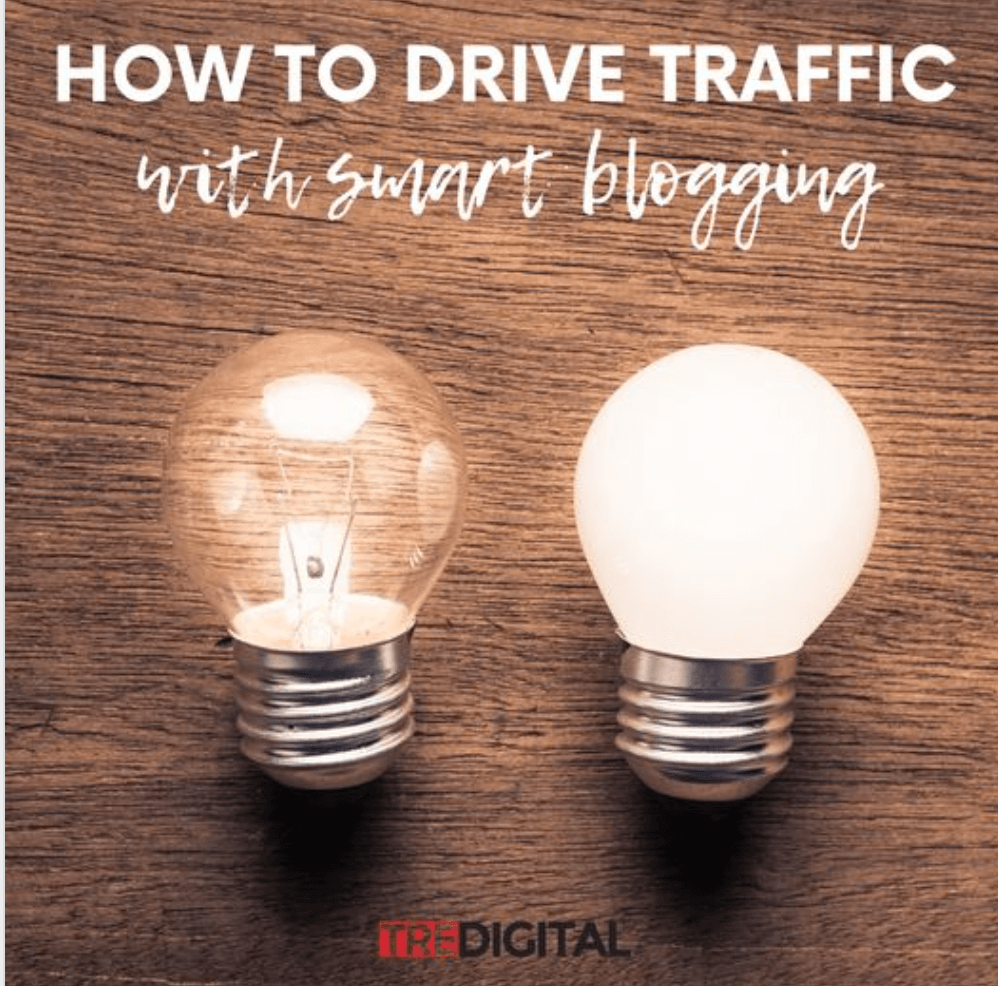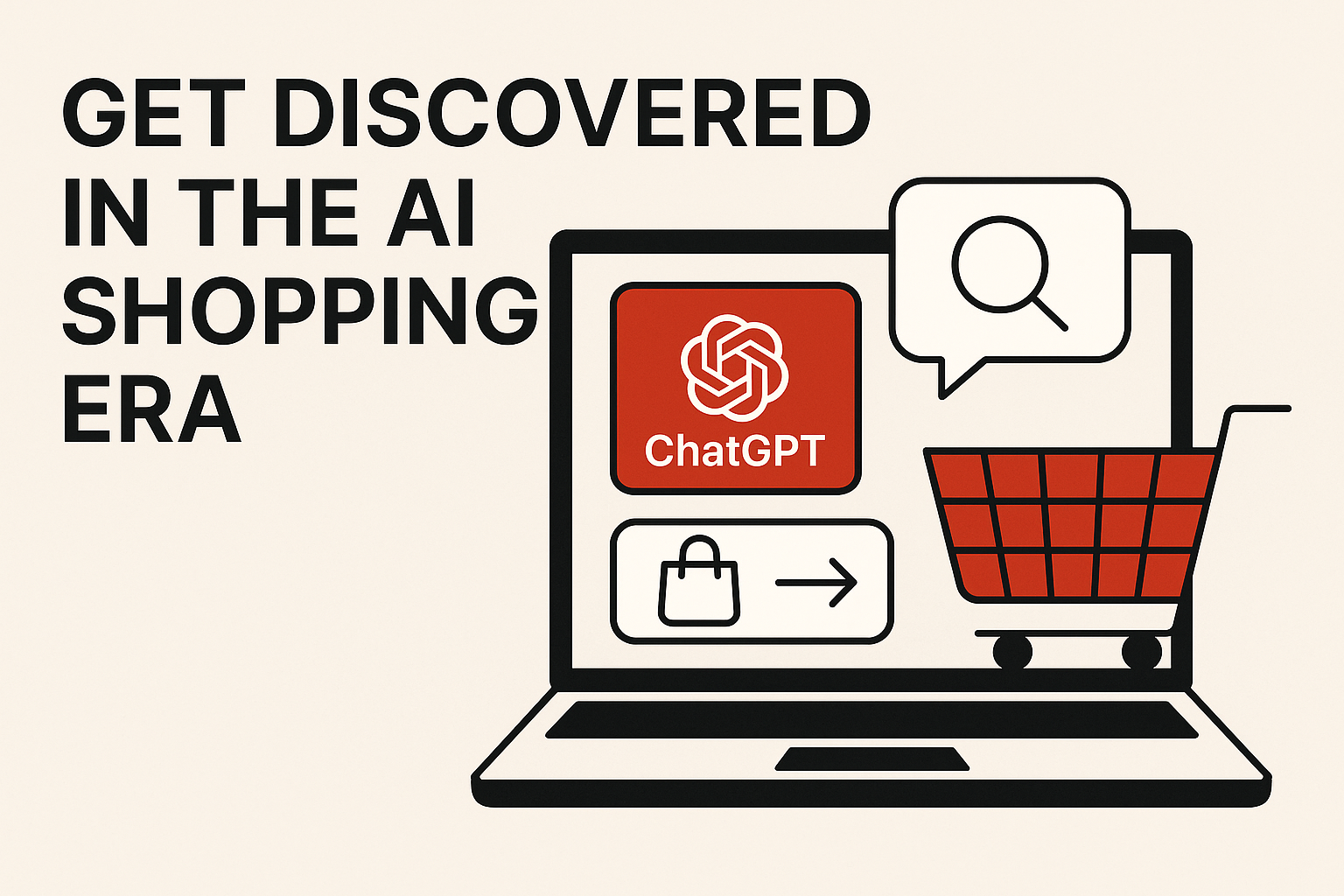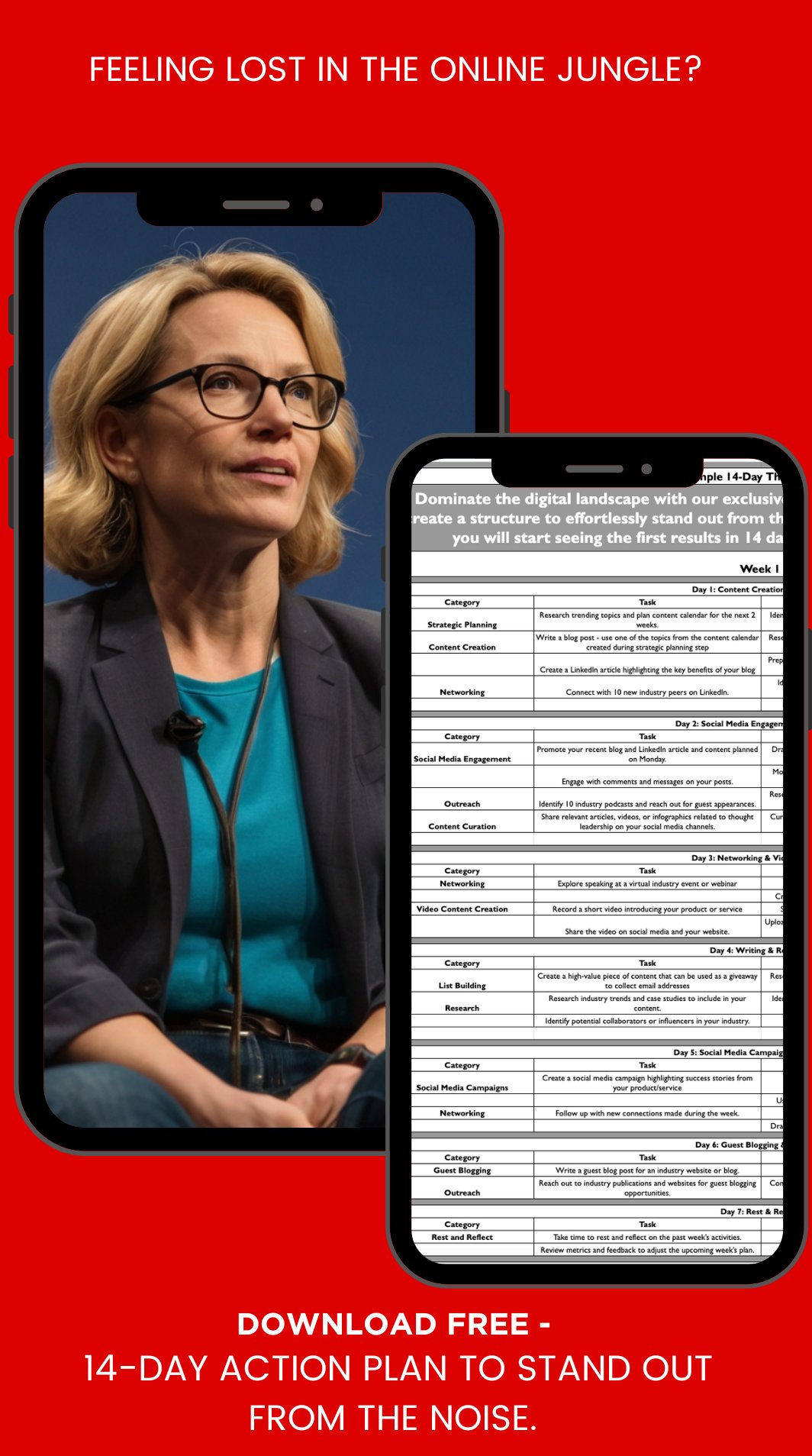No matter if you have an established business or just launching your startup, you cannot succeed without traffic. And one of the best ways to drive quality traffic is via quality content.
Content comes in many different forms. You can create video blogs or Instagram stories or even choose to curate content rather than creating your own.
For many businesses, blogs are still a preferred way to create content. It helps with educating potential customers about the product and is a great primer for creating an email list.
However, just blogging is not enough.
In addition to researching and planning a strong content strategy, content must be optimized for SEO.
Table of Contents
ToggleDoes SEO Matter?
77% of Internet users read blogs: 6.7 million people blog on blogging sites, and 12 million people blog via social networks. Daily. This creates a huge opportunity to put your content in front of engaged readers.
But it also means that there is a lot of content competing for space at the top of the search results.
There are many ways to elevate content (ads being one of them). While Search Engine Optimization (SEO) will not give you instant gratification, it will be worth the effort in the end.
The goal of this post is to share an SEO optimization checklist for your blog. Following it will help you focus on the right SEO priorities for your posts.

Key elements of an SEO-friendly blog
Search engines prefer content with new, up-to-date, and thoroughly-researched content. Successful SEO does not mean stuffing a ton of keywords into your blog (though keywords are important). It also does not mean more volume. Rather, it is about consistently producing high-quality content.
Content Calendar
Keep your blog active by creating new posts frequently but also be realistic about how much content you can produce.
Do not start a weekly blog if you cannot keep up with the schedule after just a few weeks. First, figure out how many posts you can create over the course of 6 months and start writing these posts. Once you have at least 5-10 blogs written you will be gauge a predictable rhythm for creating new posts going forward.
When you blog on a schedule you will have an easier time writing new posts and keeping your blog frequently updated.
There are many downsides to not updating your blog.
A blog that is not frequently updated will lose both reader’s and Search engine attention. Keeping your posts frequent and on a schedule will keep you at the top of the search results and readers coming back for more.
I believe in baby-steps, so if you are just starting keep your schedule simple. For example, your schedule can be:
1 – Publish a new blog post at least once a week
2 – Be consistent and always publish on the same day (Tuesday or Thursday)
3 – Mix keyword levels (main keyword or long-tail keywords)
4 – Share blog on all social profiles and in email (3x week right after publishing, 1x month going forward)
Focus and keywords
Before you create your blog brainstorm your blog focus. While the primary goal of your blog is to promote your products and services, avoid being too promotional in your content.
Start by researching the top 10 questions or problems your customers are facing. Use Google Search, Quora, and Reddit to find the exact phrases used by your customers.
As you come up with the initial list of ideas, start assigning categories to it. While there are endless ways to categorize your content, keep them simple (especially, at the beginning).
Categorize your content by
Audience/Customer Groups: (Example: B2B Executives – Big Data; B2B Executives – IT Consulting)
Areas of Expertise: (Example: Social Media, Content, PR)
Specific Interests/Niches: (Example: B2B Influencer Marketing, Lead Generation, Maximizing Events
For your content calendar, use a mix of topics. For, example one month you can focus your posts on showing how your product can help your customers, and the next month you can focus on how you developed your product.
Identify your focus keywords
Hint: Focus keyword: the ones you potential clients will be typing in Google Search and the ones you will be creating multiple pieces of content for.
You will have three categories: main keyword (the one you started research from), detailed keywords & long-tail keyword (main keyword + specifics – e.g. social media for event planning).
Incorporate these keywords into the list of topics you created in the previous step.
Formatting and readability
Keep in mind that not all of your readers will as knowledgeable as you are. If you want your blog to appeal to a broader audience, stick with plain English versus engineering jargon. The more readers understand and relate to you and your content, the higher chance you have of selling your products.
Detailed vs high-level blogs do better with both users and the search engines.
The more thorough your posts are the longer your readers will stay on your content. But also remember that longer posts will make your readers skim through content vs reading the entire post.
Copy Blogger shows that “79% of web users scan rather than read”. Creating scannable content will allow readers to scan your posts and still get the most of out them.
Keep your headers and subheaders the same size and font will keep posts more presentable. Another formatting option is to keep your paragraphs to three sentences.
If you want to cover a complex topic, consider breaking it into a series of posts. It’s a great way to keep people coming back for more, and your reader will find it easier to digest your content if they get it in “portion-controlled” sizes.
Research and Credibility
Researching everything you put into your blog is a must. Nothing will discredit your blog more than publishing a post with no research behind it.
All research that goes into your posts should be credited as well. Linking to case studies or other posts gives your post credibility.
You can find many blog posts and articles that will give you many great tips on how to do research for your blog. “How We Research: A Look Inside the Buffer Blog Process” is a good article that gives many suggestions on how you can research for your blog.
One way to collect research material is to simply read a lot. Follow authors and blogs on social media or via RSS feeds. Whenever you see something interesting and relevant save it in your favorite notes program (I like Evernote or Pocket).
Google is always your friend when researching. Search for top posts related to your keywords.
Visuals
Visuals are an important part of keeping your blog interesting.
Pictures can go a long way to making your blog visually appealing. Using pictures is also an effective way of proving a point or example in your post. You should try and only have two to three pictures in each post.
Videos are a great way to show off your product and your brand. Try and not to include more than one or two videos. Best if you record your own, but linking someone else’s video can work too.
Using videos and images created by your company are some of the best ways to show off your product and company.
Getty images or Adobe Stock offer higher-quality stock photos for your blog. They have included an embed feature for blogs that allows you to use their images for free and give credit to them with a simple link.
A little research on Google, you can find many posts and articles outlining ways you can make your blog more visually appealing.
Call to Action
The purpose of the business blog is to turn trust into revenue. You can do that via strategically inserted call-to-action, such as:
A Lead Magnet: A valuable piece of content your readers can download (typically for free)
A Free Trial Invitation: An invite to try your product or service before buying
A Signup form: For example, you can invite them to view a demo of your product or join a webinar on a popular topic.
Research different calls to action and experiment with a few of them in your content to see which one will generate the most leads.
2. Content Promotion
Your content is nothing without promotion. Most business remember to share their blog at least once, but the true secret to success is in creating a sharing schedule beyond your first week.
Two key strategies to try:
Repurposing your content
Each long form blog can be broken down into 4-6 individual pieces of content. Blogs will be a part of your website. They will serve as an initial trust building and educational piece highlighting and showcasing your expertise.
You can also create additional content from your blogs.
Case Study: a quick demonstration of the work you do with real-life examples and outcomes. These typically have very specific data and wins.
Explainer Video or a Webinar: a 5-10-minute explainer videos or 30–40-minute in-depth look into one of your subject areas. It can be live or recorded.
Podcast: a 20–30-minute in-depth look into one of your subject areas or interview series with the subject matter experts.
Signature Talk/Slide deck: you can re-use your webinar slides and release them to the public with minor modifications.
Email course: a 5–7-day campaign teaching very specific skills delivered via email.
Video series: 2-5 min video segment for each of the core points.
An e-book: an in-depth overview of a specific topic delivered in a PDF format.
Social Media Posts: each blog can be broken down into 10-20 standalone ideas. Each of these can be used for social media posts. You can also break down each of your content types into individual social media posts.
Sharing your blog
It is one of the most important things you can do to drive traffic to your blog. Social networks, forums, and other blogs are all great ways to get the word out about your blog. Word of mouth is your friend.
Post to social media: Facebook, Instagram, LinkedIn and other profiles. Post at least 3x a week right after publishing. Do not forget to promote your old content. Publish a related social media post for it at least 1x month.
Email to your list. Share your blog with your subscribers, friends and family.
Share to forums. Posting your blog to forums like Reddit, Quora or StumbleUpon will also increase traffic to your site. Since you cannot be self-promotional on these sites, start by responding to relevant questions.
Other niche sites. Find all of the most popular social sites and publications for your industry. Taking advantage of all the popular sites will be your best way to insure you can share your posts with a wide audience.
Guest Blogging and Link Exchange: Find a few trusted partners that you can exchange links with. If you quoted someone in your blog, shoot them a quick email to let them know and share the link to your article. Ask if they would be willing to do a reciprocal link to your site. If nothing else, they may promote your article on their social media.
IN CONCLUSION
Starting a blog is never easy, but it is a great way to get many people interested and reading about your product. The more people interested in your startup potentially means more customers.
By following these content planning, formatting, and sharing steps you will also start generating revenue via your blog.
Feel free to leave a comment with your questions, feedback, or experiences with running a blog.









